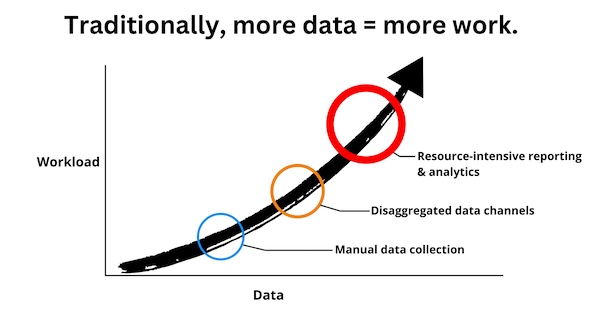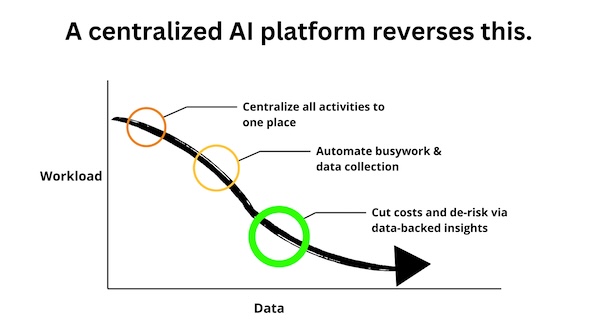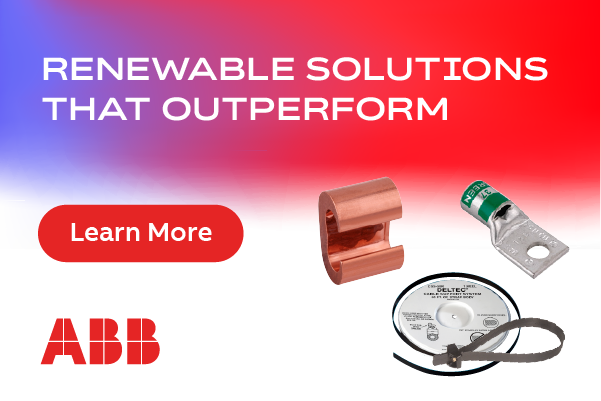Engaging the NIMBYs: Using AI to overcome community engagement bottlenecks for the wind industry
Although community engagement has traditionally been a laborious and data-starved process, AI has unleashed a new era of improved workflows, better resource allocation, and higher visibility, helping wind power developers tap into real-time community sentiment.
Robust, proactive community engagement is now a necessity for both on- and offshore wind energy projects. Developments that fail to earn community support are increasingly likely to fail, mired by restrictive zoning ordinances, legal challenges, and attrition costs – the proverbial “death by a thousand cuts” that drain a project of its profit margins. Indiscriminate opposition is delaying and shutting down gigawatts of wind capacity, often employing fearmongering, outside influence, and local political lobbying to kill projects.

How can developers and community engagement teams use AI to overcome such a complex problem? The solution involves a three-step process:
1. Centralize everything
Without a centralized software platform for all community engagement activities, understanding data is an unending process of chasing down emails, PDFs, pen-and-paper notes, and cumbersome excel spreadsheets. A centralized platform should put everything under one roof:
-
Stakeholders: Every person and organization in the project ecosystem
-
Interactions: All stakeholder interactions including emails, calls, face-to-face meetings, social media activity, and public meeting comments
-
Analytics: All analysis from the data must live in the same place as the data itself
These three crucial elements form a single source of truth for development teams and their community engagement personnel.
2. Automate data collection
“Garbage in, garbage out.” This axiom gets at a core truth: if your team isn’t feeding high-quality data into the platform, the platform in turn won’t be able to generate high-quality insights. Manual data entry is a real-world barrier to effectiveness. After a long day of phone calls, emails, and/or door-to-door conversations, most people simply do not have the time or energy to diligently type up their notes. The burden then falls on the individual to remember who they’ve spoken with and what was said. This is where current CRMs inevitably fail: the data is only as good as your team’s willingness to enter it.
A centralized, AI-powered platform can automate the collection of data in novel ways, including:
-
Autonomous sentiment analysis: Emails, social media activity, and other forms of interactions receive automatic, AI-powered sentiment analysis.
-
Voice memo readers: Instead of typing up notes, your team can simply record voice memos on the go to summarize their interactions and upload them in bulk to the platform for autonomous analysis.
-
AI document analysis: The platform should be able to autonomously convert PDF, XLS, DOC, and other file formats into usable data. This saves valuable time when analyzing lengthy documents such as public hearing comments or existing spreadsheets.
-
Web scraping: Social networking sites like Facebook and NextDoor are hotbeds for community discussion of local renewable energy projects. Autonomous scraping can identify, collect, and sort this data.
-
Dynamic stakeholder profiles: New interactions are automatically attributed to existing stakeholders, updating their sentiment in real time.
-
Influence potential: The platform must detect both a stakeholder’s sentiment about the project and the amount of influence they exert on other stakeholders.
With so much information feeding into a centralized location, the quality and resolution of data increase dramatically.

3. Automate AI-powered analytics
The final step is where clarity emerges: your centralized platform continuously mines your entire data ecosystem for valuable trends, delivering them as real-time, intuitive visuals. This is a substantial improvement over traditional data management, where lengthy spreadsheets make it difficult to understand single data points in the broader context. A centralized platform delivers novel advantages:
-
24/7 analytics: No need to order reports – the platform is constantly generating them.
-
At-a-glance understanding: No more poring over spreadsheets and emails. Concise, intuitive visuals help you understand where risk and opportunity lie.
-
Real-time sentiment: Every new piece of data is automatically incorporated into analytics, ensuring every decision is based on up-to-date information.
-
Mobilized supporters: Opposition tends to be loud, while support tends to be timid. This is a problem you can only overcome by truly understanding what motivates people and how to connect with them. Your AI-powered platform distills such insights from all historical and incoming data.
The key is to adopt a centralized, AI-powered platform. Taking a proactive stance against opposition requires understanding where to allocate resources: which activities to invest in, who to build relationships with, and how to best overcome roadblocks. A data-driven approach first requires addressing the issue of manual work. Automations are best used to replace low value-added activities like data collection, entry, and analysis/calculations. This leaves more room for high value-added activities like building relationships, strategizing, and performing outreach.
A centralized, AI-powered platform allows you to make better use of community engagement resources, leading to data-backed decision-making, lower costs, and more successful projects.
Kyle Woolard is Director of Business Development at Learnewable, a stakeholder engagement platform for renewable energy developers and their partners.
Learnewable | learnewable.com
Author: Kyle Woolard
Volume: 2024 July/August








